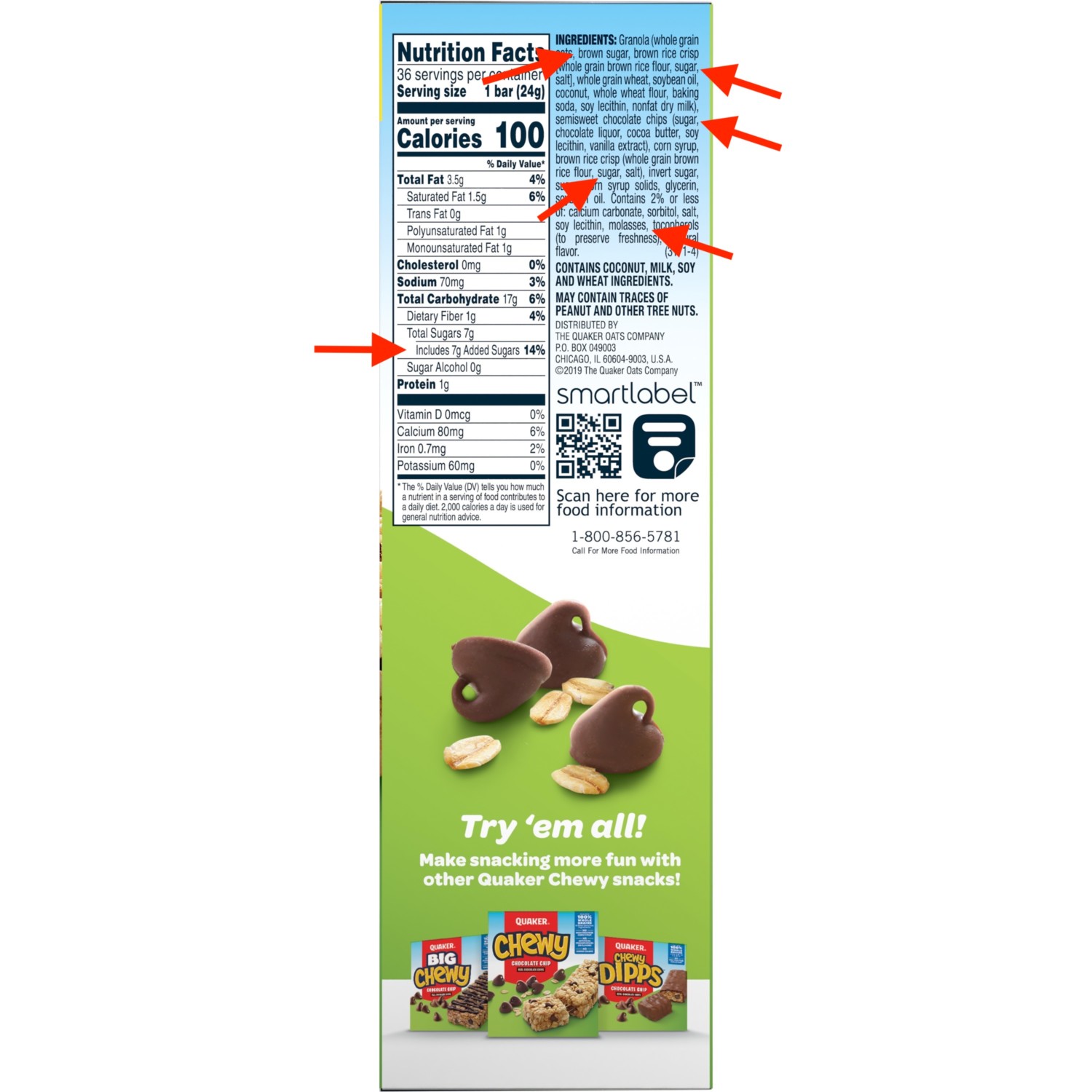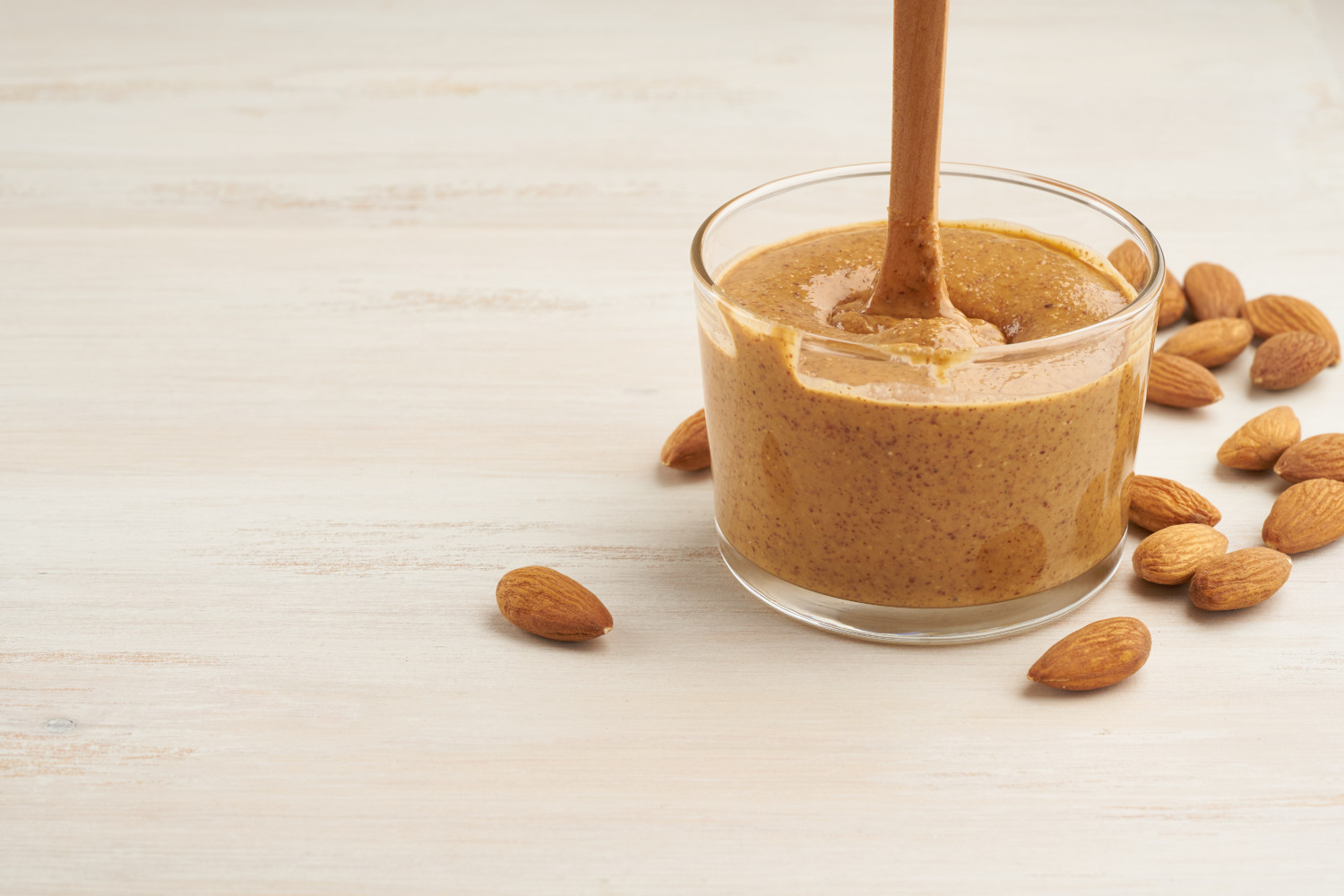Sugar is virtually everywhere but consuming too much of it can lead to a long list of serious health issues. Chief among them are conditions like obesity, higher blood pressure, inflammation, weight gain, diabetes and fatty liver disease, leading to an increased risk for heart attack or stroke.
Researchers have even found a connection between excess sugar consumption and memory and cognitive deficiencies. If you are concerned about the effects of added sugar on your body and mind but think that trying the ketogenic diet seems too drastic, you’re not out of luck. Research shows that reducing sugar intake by just 20% can improve your health and help prevent disease.
Here are some ways to consume less sugar by making small but significant changes.
Start With Your Beverages
The first thing to do is think about what you are drinking. Cutting out sugary beverages can be an obvious but highly effective way to reduce your sugar intake. The American Heart Association recommends that most women have no more than 100 calories or about six teaspoons of added sugar a day. Most men should have no more than 150 calories or about nine teaspoons of added sugar daily. Drinking a single can of soda can put you over those amounts.
In fact, according to Harvard Medical School, many common beverages are loaded with sugar. A sports drink can contain five teaspoons of sugar; a soft drink or a glass of orange juice often has 10 teaspoons of sugar and a glass of cranberry juice cocktail contains the equivalent of 12 teaspoons of added sugar.
Healthier choices include seltzer with a splash of juice, or coffee or tea with a single packet of sugar, all of which have just one teaspoon of sugar each. Better still would be unsweetened tea, black coffee or a tall, refreshing glass of ice water with no sugar at all.

How To Eat Less Sugar Added To Foods
The most straightforward way to cut back on added sugar is to stop adding it yourself. Forgo the spoonful (or two) on your morning bowl of cereal. Top pancakes and waffles with fresh fruit instead of maple syrup, or cut back on the amount you drizzle onto your plate. Enhance foods with flavorful spices, seasonings and extracts instead of sugar, molasses or honey. For instance, add some lemon to your tea instead of honey; a dash of cinnamon to your coffee instead of sugar; or a splash of vanilla to your oatmeal instead of brown sugar.
Another simple yet delicious way to reduce added sugar in your diet is to choose whole foods whenever possible. As much as 90% of added sugar in the average adult’s diet comes from processed foods. You might not know it’s there, even if you looked at the nutrition label. Hidden sugars can go by a lengthy list of names, including:
- Words ending in “ose,” such as maltose or sucrose
- High fructose corn syrup
- Molasses
- Corn sweetener
- Barley malt
- Brown rice syrup
- Maltodextrin
The AHA recommends checking the line for sugars on a product’s nutrition facts panel to see how many grams of sugar it contains per serving. One gram of sugar has four calories, so a product with 15 grams of sugar per serving has 60 calories from the sugar alone.
In the photo illustration below, you can see the various places that sugar can pop up in everyday foods, such as granola bars.

Scale Down And Replace Treats
Even though you’re trying to eat less sugar, you don’t have to quit cold turkey or give up all of your favorite sweets. Reduce the amount of sugar you add to your coffee. Satisfy a chocolate craving with a piece of dark chocolate rather than a candy bar. Consider selecting one day of the week to indulge your sweet tooth, and then dive into a decadent dessert that you will truly enjoy.
Avoid sugar-laden breakfasts, such as cereal, muffins and donuts. Take time in the morning to nourish your body with a healthy breakfast, such as whole-wheat toast with natural peanut butter and some berries, or make a veggie-filled frittata the night before so you can heat it up quickly in the a.m. Snack on apple slices with almond butter when you’re having an afternoon slump. Although fruit has natural sugar, it also contains fiber, which can slow your body’s absorption of sugar and improve blood sugar levels. The protein and fiber in the almond butter can help you feel full longer.

Make A Plan And Stock Up
Creating a meal plan that includes healthy snacks and keeping your fridge, freezer and pantry stocked with nutritious options will make it easier to cut your sugar consumption. Make it a point to take time to prepare and enjoy satisfying, nourishing meals. It’s so much easier to pass on the doughnuts at your morning meeting when you feel satiated than it is when your tummy is grumbling and you aren’t sure what you’ll be eating next.
Also ensure that you are getting adequate sleep. Research shows that a lack of sleep can affect the types of food you reach for. Sleep-deprived people tend to prefer high-calorie, sweet and salty foods over fruits, vegetables and other wholesome options.
Drinking ample amounts of water can help curb cravings for sweets. People often mistake dehydration for hunger. You can even make your H2O seem like a treat by adding slices of cucumber and mint sprigs or infusing it with fruit for a slightly sweet, highly hydrating refreshment.
The good news is that the more you pass on sugary foods, the less you will crave them over time. Begin taking small steps and cut back a little more as it becomes easier to do so. Don’t beat yourself up if you overindulge. Press on. Your body and your mind will thank you for every little improvement you make.
This story originally appeared on Simplemost. Checkout Simplemost for additional stories.



